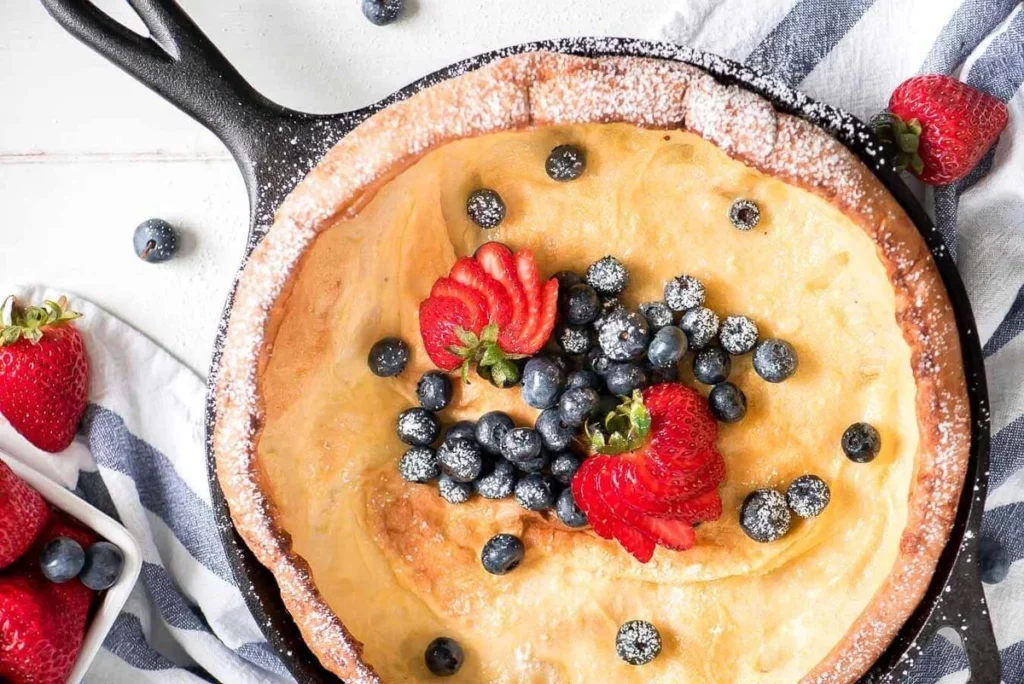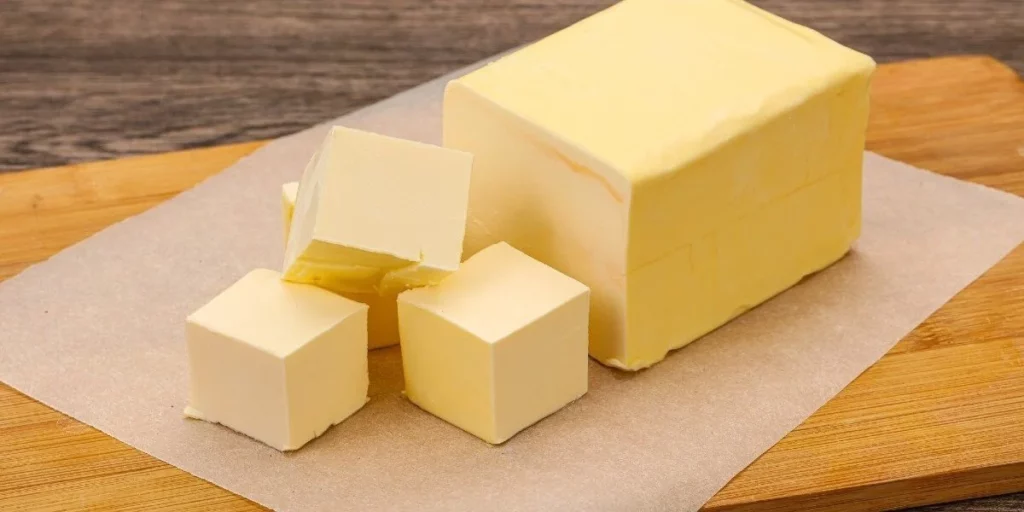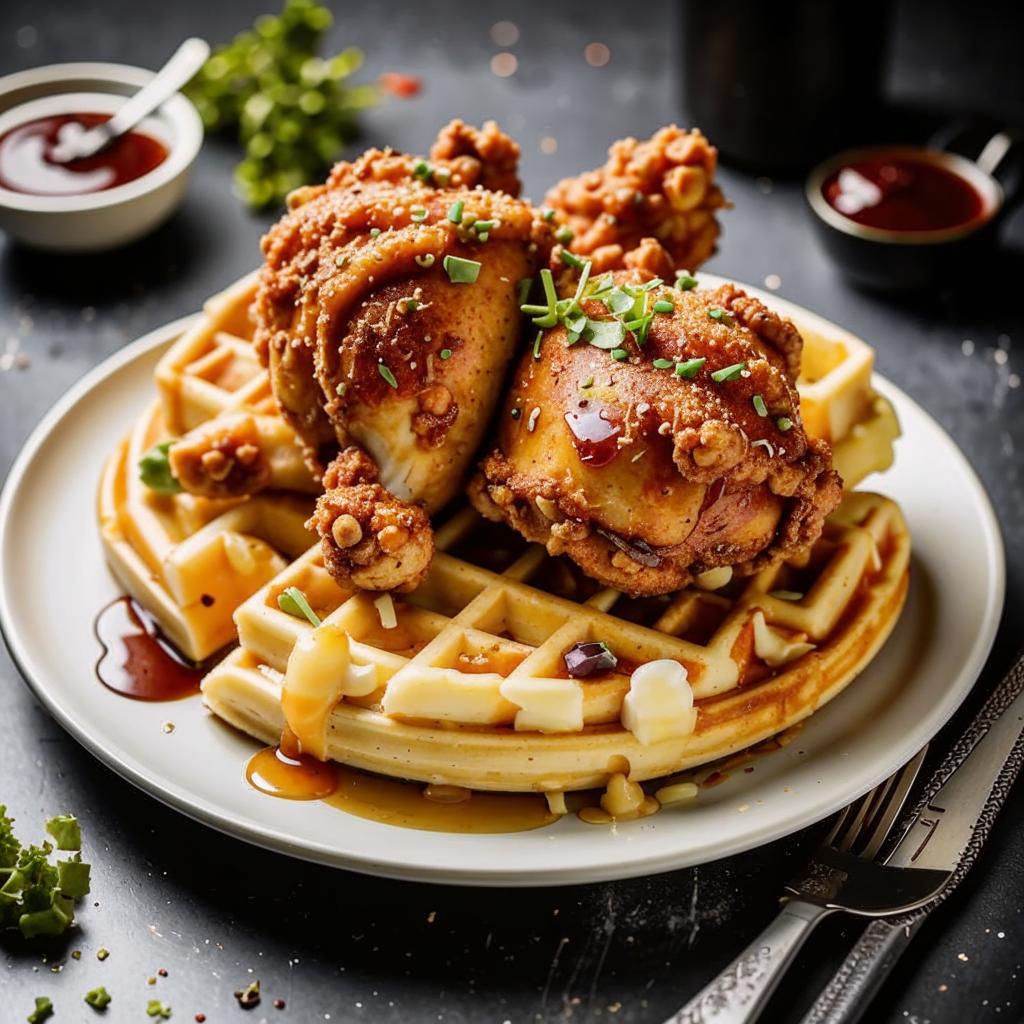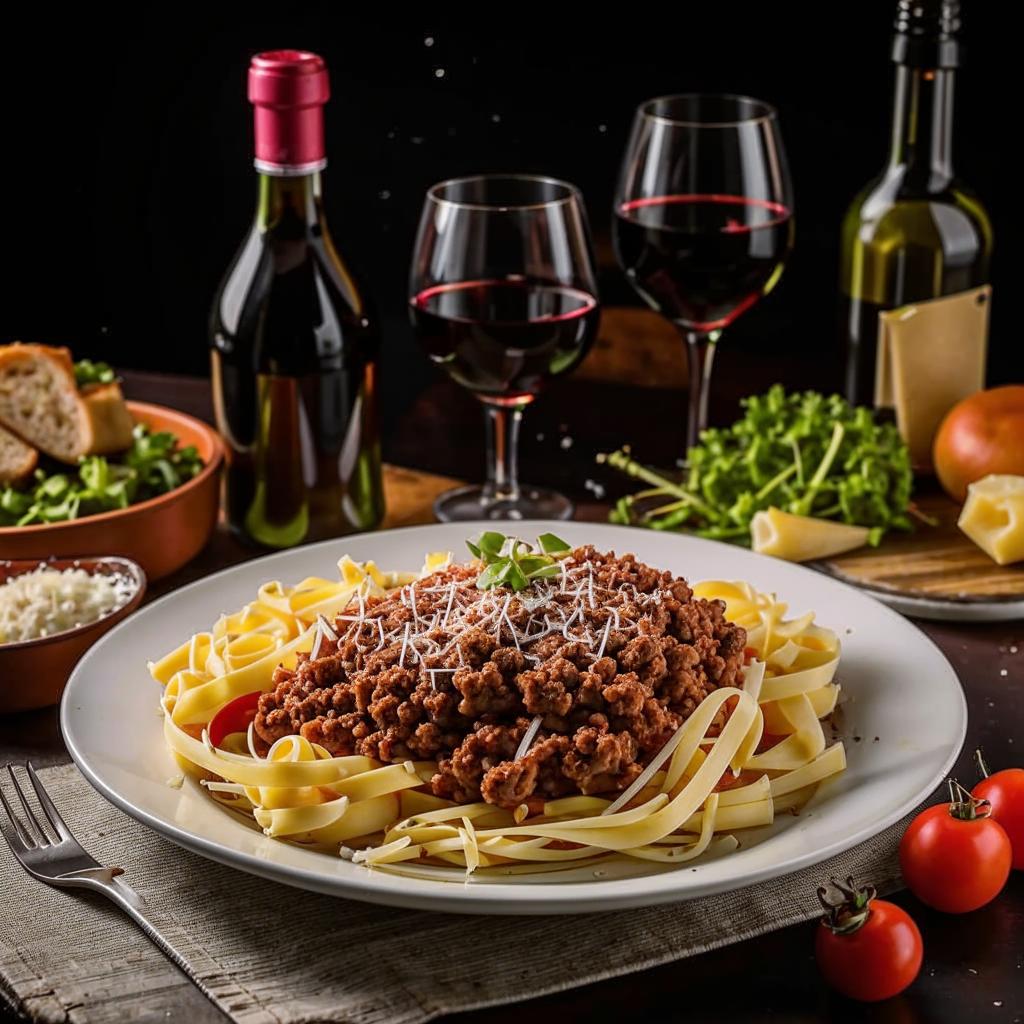German Pancake Recipe

I thoroughly enjoy updating recipes with intriguing historical backgrounds or longstanding traditions to suit my dietary preferences. This German pancake recipe is a perfect example of that.
The German pancake recipe, also known as the "Dutch baby recipe," carries a rich history passed down through generations, each iteration adding its own unique twist. While the exact origins of the German pancake remain a mystery, its presence in culinary traditions has stood the test of time, delighting taste buds for centuries.
Similar to numerous pancake recipes, this traditional German pancake recipe typically incorporates flour, eggs, sugar, and butter to craft a delightful, sweet breakfast delicacy. What sets German pancakes apart is the use of a cast iron skillet to contain the entirety of the batter, allowing it to rise in the oven. As it bakes, the center of the German pancake dramatically deflates upon removal from the oven, leaving the edges beautifully puffed up—a characteristic that adds to its unique charm and appeal.
German Pancake … or Dutch Baby?
If you've explored this recipe before, you may have noticed that German pancake and Dutch baby recipes are indeed one and the same. However, it's the name where the differences emerge.
A Dutch baby is a type of oven-baked pancake that is puffy and golden-brown on the edges, with a slightly custardy center. This breakfast dish originated in the early 1900s at a cafe called Manca’s in Seattle, Washington. The recipe was inspired by the German Pfannkuchen, or German pancake. The cafe's owner, Victor Manca, named the dish after his daughter, who reportedly couldn't pronounce "deutsch" (German) and instead referred to it as "dutch." Hence, the name "Dutch baby" was born, and it has since become a popular breakfast item enjoyed by many.
Indeed, an innocent mispronunciation inadvertently resulted in two names for one recipe. However, regardless of which name you choose—German pancake or Dutch baby—you're sure to whip up a delicious (and healthier!) breakfast treat that will delight your taste buds and brighten your morning.

How to Make a German Pancake
While I deeply appreciate the originality and historical significance of recipes, it's worth noting that the ingredients we use today often differ significantly from those our ancestors utilized centuries ago.
I've made a few adjustments to this German pancake recipe to align with my dietary preferences. Instead of enriched flour, I've opted for cassava flour, and I've replaced conventional cow's milk with full-fat coconut milk. Additionally, I've chosen naturally sourced grass-fed butter and pastured eggs to enhance the flavor and nutritional content. If you're seeking a refreshing change from traditional or Paleo pancakes, this recipe is sure to delight your taste buds.
I highly suggest utilizing a cast iron skillet when preparing your German pancake. Not only is a cast iron skillet durable and excellent at retaining heat, but it can also help increase iron intake, especially for individuals with iron deficiency.
To start this German pancake recipe, begin by preheating your oven to 450°F (230°C). As the oven preheats, place the cast iron skillet inside to heat up. Meanwhile, crack the eggs into a blender and blend on high speed until the eggs become frothy.
Next, add in coconut milk, cassava flour, coconut sugar, baking powder, vanilla extract, cinnamon and sea salt.

Continue blending the mixture until it becomes thick and creamy. Once the oven has reached the desired temperature, carefully remove the preheated cast iron skillet from the oven and add cubed butter to the skillet.

Allow the butter to melt completely in the skillet, ensuring it coats the bottom evenly. Then, swiftly pour the pancake mixture into the hot cast iron skillet.
Return the cast iron skillet to the oven and bake the German pancake for 15–20 minutes. During baking, the Dutch baby pancake will likely rise substantially, creating a fluffy and golden-brown appearance. However, it will gradually deflate back down once removed from the heat.

For an extra touch of flavor and presentation, sprinkle arrowroot starch on top of the German pancake before serving. Accompany it with strawberry or any other fruit jam of your choice for a delightful burst of sweetness.

Serve the German pancake immediately, and while enjoying its delicious flavors, share the fascinating tale of how the 'accidental' Dutch baby recipe came to be. Before you know it, this delightful breakfast treat will vanish, leaving everyone wanting more!
German Pancake Recipe
Indeed, German pancakes are a unique twist on traditional pancakes. They typically include flour, eggs, sugar, and butter, creating a sweet and delicious breakfast treat. What sets German pancakes apart is their preparation method. Instead of cooking them on a griddle, the batter is poured into a hot cast iron skillet and baked in the oven. As it bakes, the pancake puffs up dramatically, with the edges rising high while the center remains slightly sunken. This creates a visually stunning presentation and a delightful texture contrast between the crispy edges and the soft, custardy center.
INGREDIENTS
Pancake:
- 4 tablespoons grass-fed butter, cubed
- 3 eggs
- 1 cup coconut milk
- ¾ cup cassava flour
- 1 tablespoon coconut sugar
- 1 teaspoon baking powder
- 1 teaspoon vanilla extract
- ¼ teaspoon cinnamon
- ¼ teaspoon sea salt
Topping (optional):
- arrowroot starch, for sprinkling
- low-sugar strawberry jam
INSTRUCTIONS
- In a 10- or 12-inch cast iron skillet, add in cubed butter. Alternatively, preheat the cast iron skillet first, then add in butter to the preheated skillet and let melt completely before adding in pancake mixture.
- Preheat oven to 450 F and place cast iron skillet in the oven as it is preheating.
- Add eggs into a blender and blend on high.
- Add in coconut milk, cassava flour, coconut sugar, baking powder, vanilla extract, cinnamon and sea salt.
- Continue blending until thick and creamy.
- Once oven has reached 450 F, remove skillet from the oven and pour pancake mixture into the skillet.
- Place skillet back into the oven immediately.
- Bake for 15–20 minutes.
- Serve hot with sprinkled arrowroot starch and strawberry jam, if desired.
NOTES
Absolutely, a cake pan can serve as an alternative to a cast iron skillet for making German pancakes. While a cast iron skillet is traditional and offers excellent heat retention, a cake pan can work just as well, especially if you don't have a cast iron skillet on hand. Simply grease the cake pan well before pouring in the batter, and follow the same baking instructions. You'll still achieve a delicious German pancake with the characteristic puffed edges and sunken center.
NUTRITION
- Serving Size: 1 serving (161g)
- Calories: 360
- Sugar: 4.3g
- Sodium: 299mg
- Fat: 26.9g
- Saturated Fat: 19.1g
- Unsaturated Fat: 6g
- Trans Fat: 0.5g
- Carbohydrates: 25.4g
- Fiber: 1g
- Protein: 6.1g
- Cholesterol: 153mg
RELATED ARTICLES



